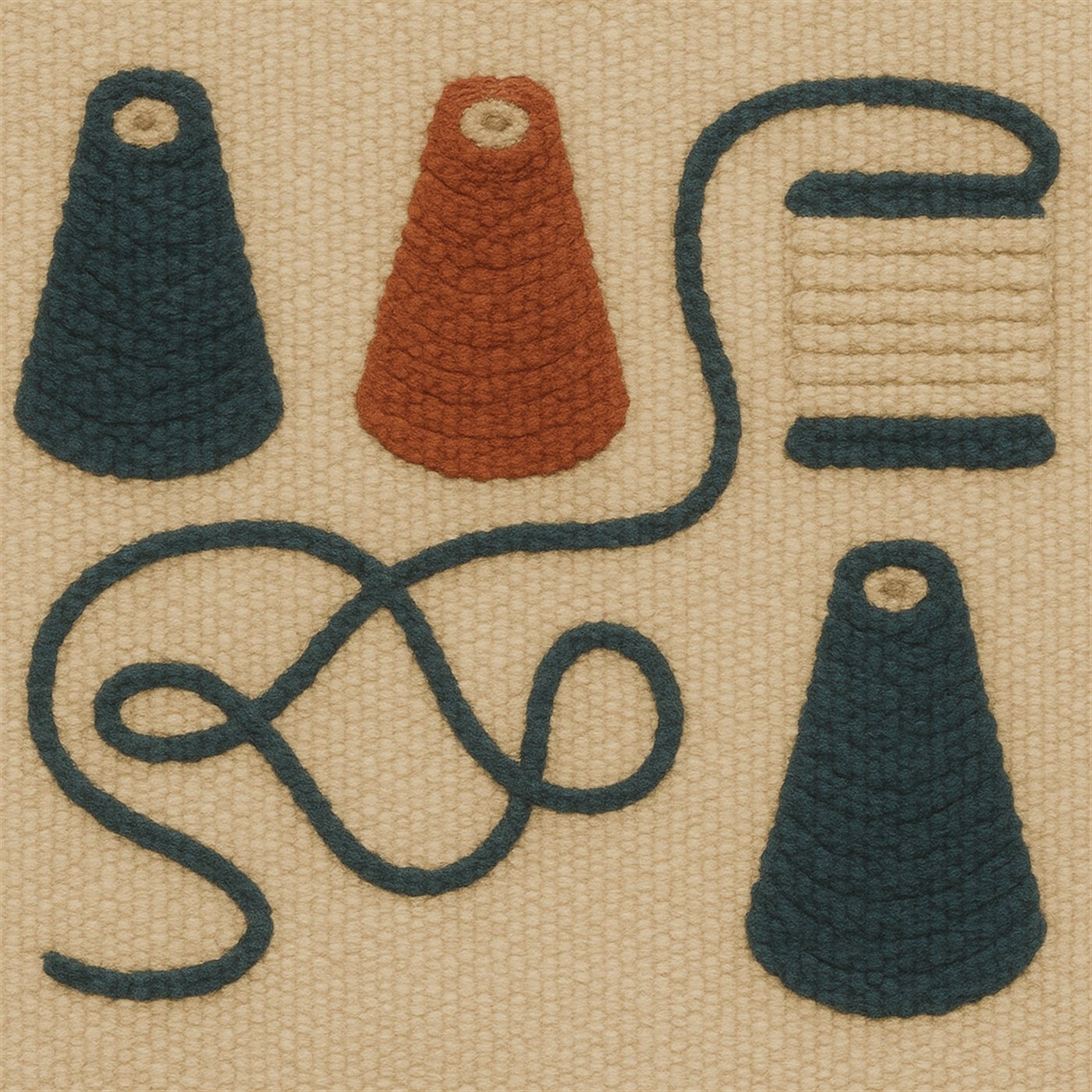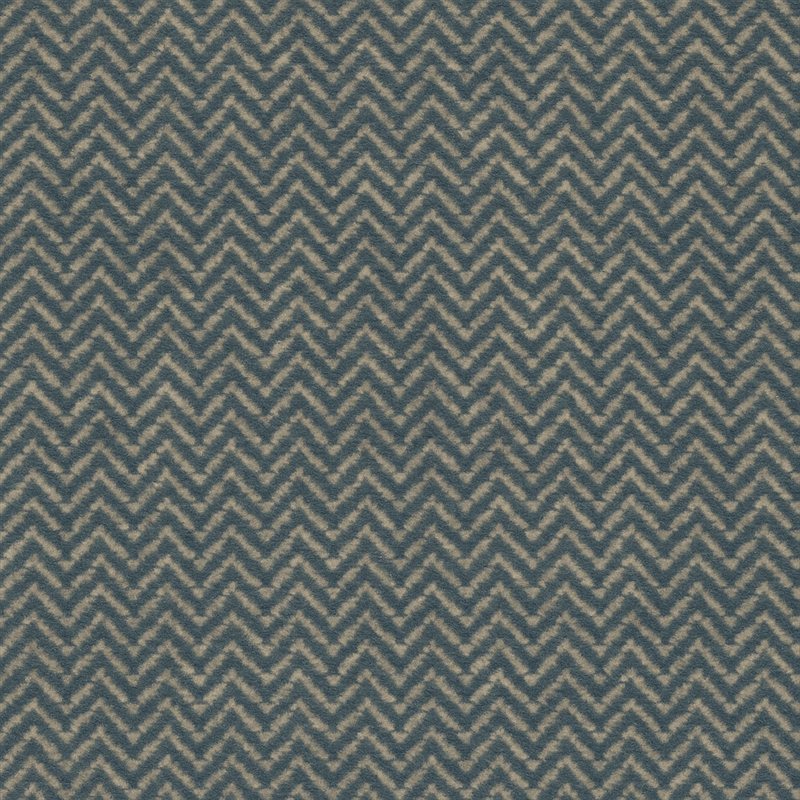How to use
- Pick a Quick preset or type your own Subject (e.g., “tufting gun silhouette”).
- Choose a Layout (hero left/right, blog header, or seamless tile) and a Palette.
- Click Build prompts. You’ll get a Midjourney prompt and an SDXL setup.
- Hit Copy to paste into your tool, or Download .txt to save it.
- Tip: For headers, leave **negative space** where your title goes. For textures, enable **seamless tile**.
Sample looks
NewYou’ll still generate the images in your own tool. These real outputs show the prompts in action.

Header example · 16:9 top-down woven panel
Top-down woven tapestry panel depicting yarn cones and strands as geometric woven shapes and lines (not photographed), natural-dye palette (indigo, madder, undyed wool), chunky textile texture, cozy studio mood, clean layout for title text --ar 16:9 --stylize 150 --seed 42

Texture example · 1:1 seamless tile
Seamless tileable woven tapestry texture, small-scale herringbone warp & weft pattern, muted indigo and bone tones, soft fiber fuzz, NO directional light, loopable edges, low contrast for readable text overlays --tile --ar 1:1 --stylize 100 --seed 42
Quick presets
Pick a base prompt, then adjust the subject/palette before generating in Midjourney, SDXL, etc.
Build your prompt
Preview hint (composition)
This shows where the negative space sits for hero banners. It isn’t a generated image—just a guide for composition before you prompt in Midjourney/SDXL.
Midjourney
SDXL (Automatic1111 / ComfyUI)
Tip: For headers, ask for “clean composition with space for title”. For heroes, choose negative space left/right. For textures, turn on “seamless tile”.
What style is this?
A textile-based, woven tapestry aesthetic (warp & weft visible), muted natural-dye palette, soft raking light, and frayed edges/tassels for a tactile, rustic feel.
Next step: get the fundamentals right
Designing a tufting-themed site? Pair these visuals with solid technique. See the beginner tufting course →